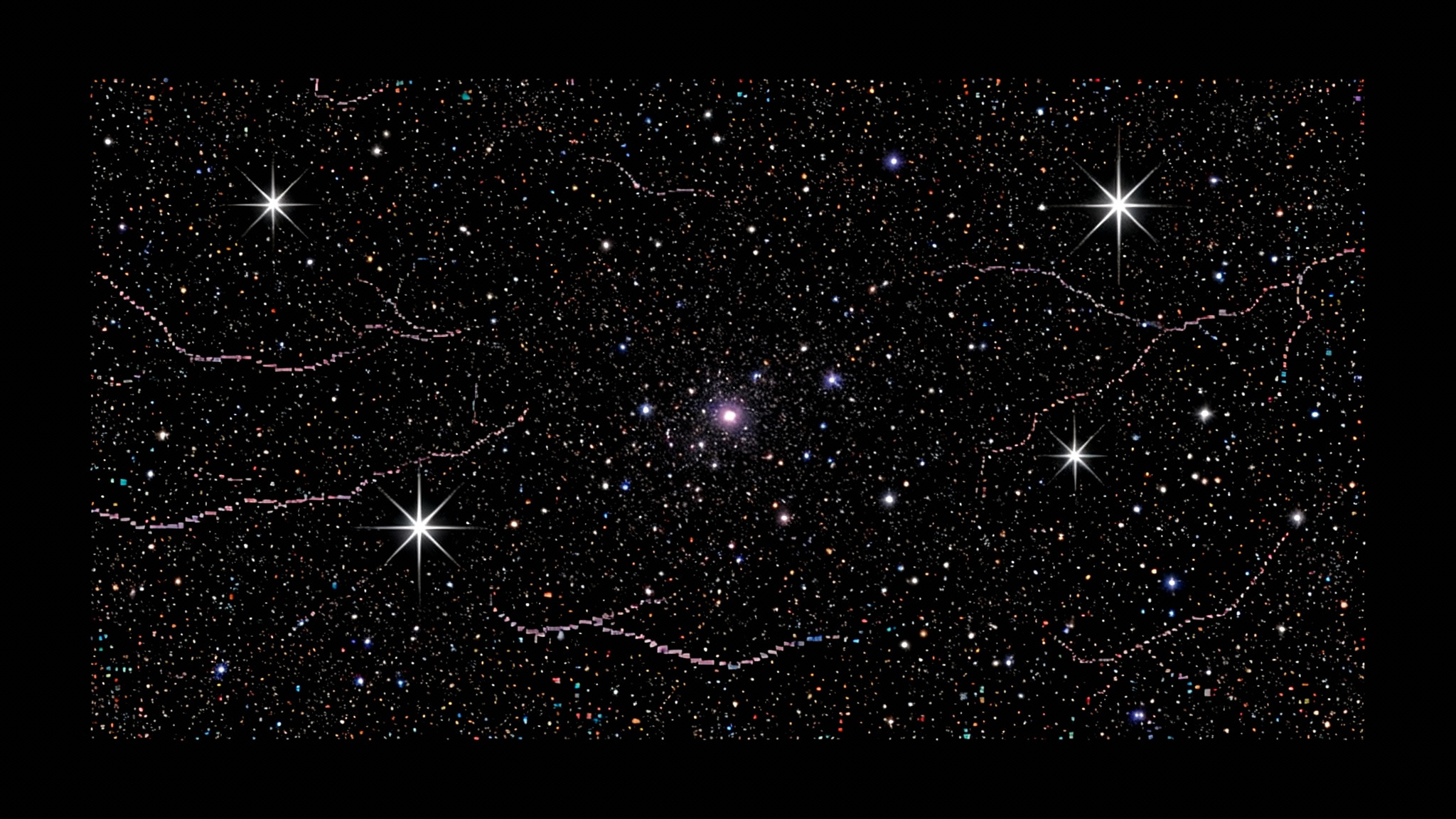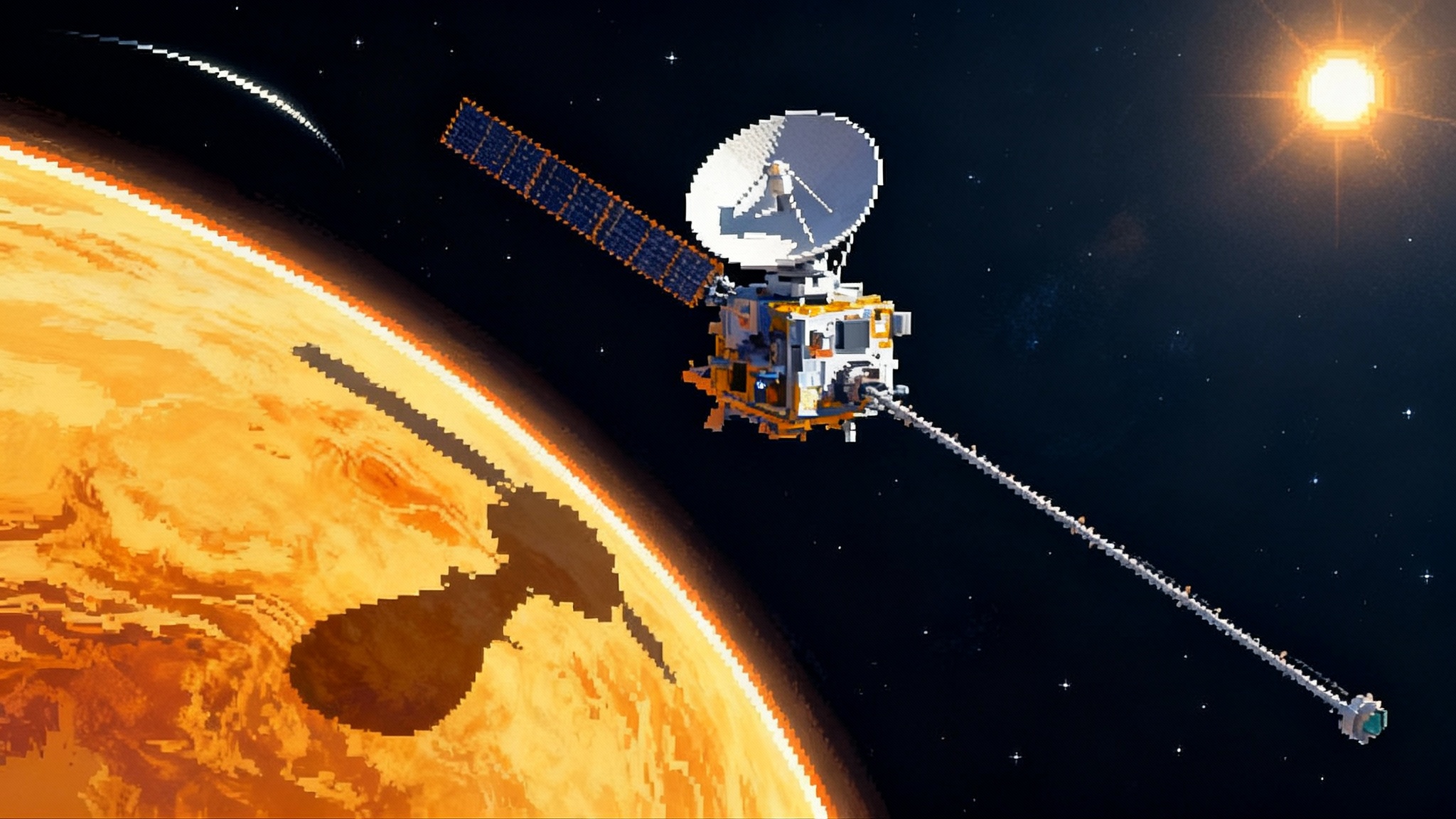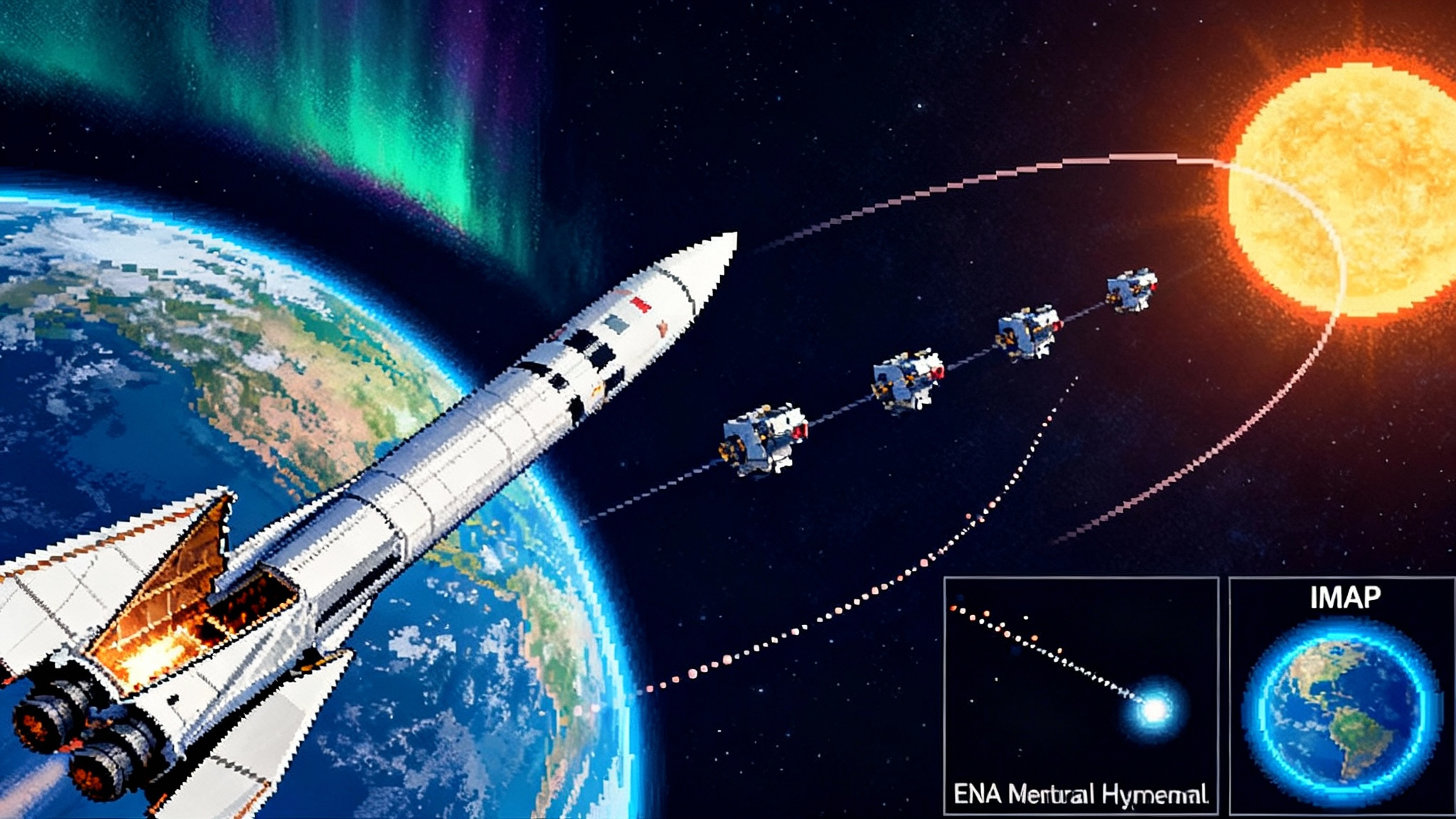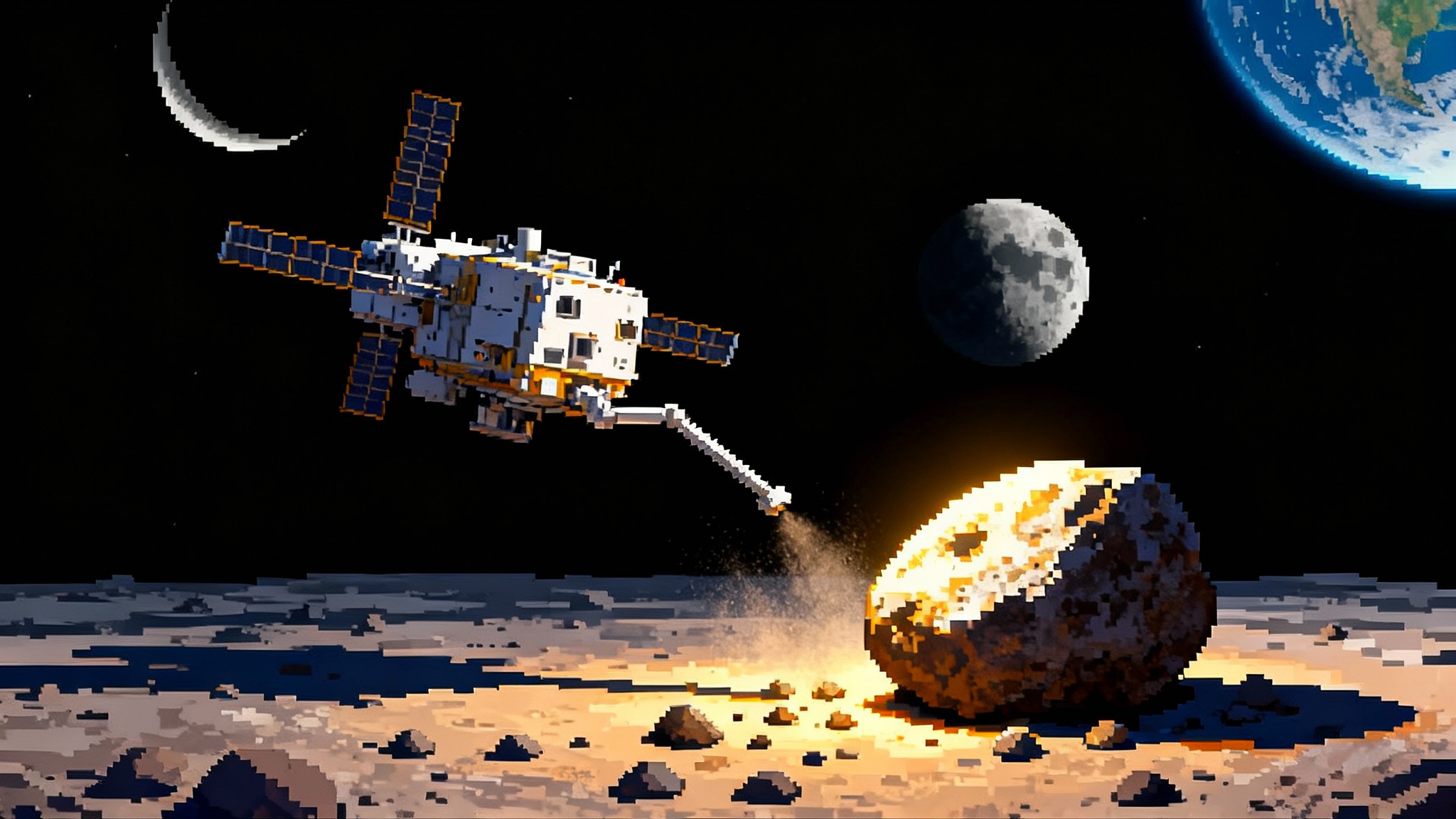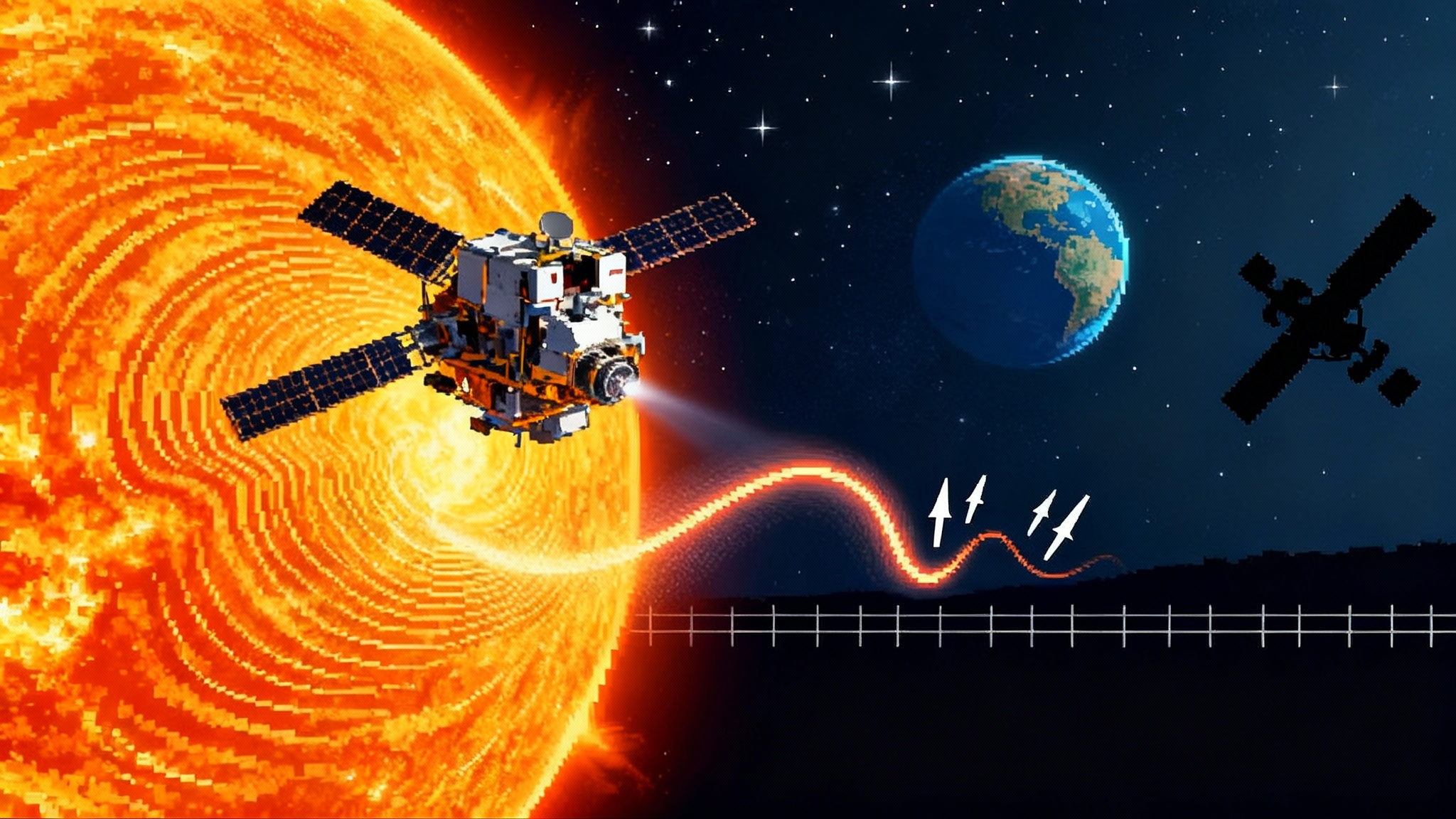65th pass: DSOC's 218-million-mile link changes Mars comms
NASA’s DSOC wrapped its 65th and final pass with Psyche from 218 million miles, proving deep space laser links at Mars ranges. Here is how optical comms enable HD video, teleoperations, lighter spacecraft, and new mission playbooks.

A laser handshake across 218 million miles
On September 18, 2025, NASA declared its Deep Space Optical Communications experiment complete after the 65th and final pass with the Psyche spacecraft, a laser handshake made from about 218 million miles away. Over two years, DSOC set a string of firsts, including a 267 megabit per second video downlink in December 2023 and a record optical link distance in December 2024. In total, the ground terminals received 13.6 terabits from Psyche. The capstone is not just a number on a milestone chart, it is a practical proof that laser communications can work reliably at Mars class ranges, and that they can work often enough to matter for real missions. NASA’s own wrap up summarizes the achievement and the hardware behind it, including a 3 kilowatt uplink beacon and a photon counting downlink receiver. NASA’s DSOC demo exceeds expectations sets the stage for what comes next.
Why lasers beat radio in deep space
Radio has been the workhorse of spaceflight, but physics gives optical links several decisive advantages once distances stretch into the hundreds of millions of miles:
- Tighter beams: Optical wavelengths are far shorter than radio, so a given aperture produces a much narrower beam. That concentrates power on the receiver and improves the link margin.
- More bits per photon: With photon counting detectors and pulse position modulation, each detected photon can carry multiple bits of information. In photon starved regimes like deep space, that efficiency is everything.
- Smaller flight hardware: A modest optical telescope can rival the data return of a large radio dish, saving mass, volume, and power on the spacecraft.
- Spectrum flexibility: Lasers do not rely on the increasingly crowded radio spectrum, easing coordination and avoiding interference.
The combination translates to orders of magnitude more data per watt at interplanetary distances. When you can deliver broadband class downlinks from deep space with a telescope the size of a dinner plate, you can rethink what you send and what you attempt. For a primer, see our overview of laser communications basics.
The core breakthroughs that made DSOC work
A few key ingredients turned an elegant concept into a weekly working link.
Ultra precise pointing and stability
At 200 million miles, a downlink laser leaves the spacecraft as a pencil thin beam and arrives at Earth as a modest light spot crossing the atmosphere. The spacecraft has to hold that beam steady to within micro radians while both endpoints race through space. DSOC used a combination of isolation struts, fine steering mechanisms, and closed loop tracking to damp spacecraft vibrations and keep the beam locked on the ground receiver. The flight transceiver first hunted for the ground beacon, then refined its aim until it could pour useful photons into a telescope hundreds of millions of miles away.
Photon counting detectors
Collecting the beam is only half the battle. At Palomar Observatory’s 200 inch Hale Telescope, DSOC directed the downlink light into a superconducting nanowire detector array. These devices operate near absolute zero and record the arrival time of individual photons with sub nanosecond precision. That time tagging, combined with clever coding and error correction, lets the receiver sift signal from background light and atmospheric noise. The result is a practical link in the so called photon starved regime.
Palomar for downlink, Table Mountain for uplink
The ground segment paired the light gulping Hale Telescope for downlink with NASA’s Optical Communications Telescope Laboratory at the Table Mountain Facility for uplink. Table Mountain provided the near infrared beacon and uplink data at multi kilowatt power levels, giving the flight terminal a bright reference to find, center, and hold. That uplink guidance was central to fast acquisition and robust tracking.
Hybrid and arrayed receivers
DSOC did not stop at a single telescope. The team also demonstrated a hybrid RF optical receiving antenna at the Deep Space Network’s Goldstone site and tested arraying with additional telescopes. Arraying is a standard radio technique to improve sensitivity and resilience; applying it to optical links adds redundancy and margin against weather and turbulence. Learn more about the role of the Deep Space Network.
Together, these building blocks delivered the kind of boring reliability that missions need. Across dozens of passes, DSOC teams fought real world nuisances like wind, thermal drift, and clouds, yet still accumulated terabits.
What this unlocks for Mars era missions
Laser links at Mars distances do not just speed up a few downloads. They change how engineers design missions and how scientists work with data.
HD video from orbit and the surface
A Mars orbiter equipped with an optical terminal could stream high definition video of dust storms and cloud dynamics, or relay 4K panoramas from a rover’s mast. Surface assets could send richer samples of raw data for reprocessing on Earth, not just compressed thumbnails. That means better science, faster, with more context and fewer compromises.
Teleoperations that feel immediate, even with delay
No link can beat the speed of light. Mars round trip latency ranges from about 8 to 40 minutes depending on the geometry. Yet higher bandwidth enables teleoperations that feel more natural. Engineers can send dense predictive models and receive multi camera video feeds to drive robotic arms, drones, and sample handling systems using predictive displays. The lag remains, but the loop is filled with enough visual and state information to make fine work possible.
Orders of magnitude more science per sol
Radio relay networks at Mars have already boosted surface data return by factors of 100 or more compared to direct to Earth links. Optical relays promise another jump. Imagine daily gigabit class downlink sessions from a rover, or continuous high rate passes from multiple landers through an orbiting optical hub. That torrent changes what instruments you fly and how often you operate them.
Smaller antennas, lighter spacecraft, new rideshare options
DSOC’s flight terminal used a 22 centimeter telescope and a few watts for downlink. That is a fraction of the size and mass of a traditional high gain radio system designed for similar throughput. Shrinking the communications system means more room and power for instruments, or it allows high rate links on smallsats hitching rides to Mars. Planetary exploration gains a new class of nimble, distributed missions.
New mission concepts
- A Mars mapping orbiter that compiles petabytes of hyperspectral and SAR data over a single Martian year, no longer shackled by daily DSN allocations.
- Surface scout drones that send stabilized HD video of cliff faces and lava tubes to help crews plan EVAs.
- A cryobot on an icy moon that ships continuous data via an optical orbiter to Earth without rationing bits.
- Sample handling facilities in Mars orbit that stream procedural video and telemetry for ground in the loop oversight.
The practical hurdles still standing
Deep space optical communications are ready to move from demo to delivery, but several engineering and programmatic realities will shape how quickly they spread.
Weather and the atmosphere
Clouds block lasers. Even thin cirrus or high background light can erode margin. The solution is not a single heroic telescope, it is site diversity and automation. Networks of ground terminals at dry, high altitude locations, with rapid switching between sites, will keep availability high. Adaptive optics and narrowband filters help tame turbulence and background, but they do not replace smart network design.
Acquisition, pointing, and tracking
Narrow beams leave little room for error. Closing the loop quickly at interplanetary distances requires precise timekeeping, excellent ephemerides, agile scanning, and stable platforms. Thermal drift, wheel vibrations, and even structural flexing can spoil a pass. DSOC proved that fine steering mirrors, isolation mounts, and beacon aided tracking work. Turning that into a standard playbook for many missions will take robust flight software and well rehearsed procedures.
Terminal complexity and cost
Photon counting receivers often need cryogenics. Uplink beacons demand high electrical power and careful laser safety protocols. Flight terminals need precision opto mechanics and contamination control. Cost curves will bend as vendors mature hardware and as missions fly repeat designs. Even so, agencies and industry will need to plan for new skills, spares, and facilities.
Operations and integration with DSN
Lasers will not replace radio overnight. Hybrid operations will dominate for years, with optical for bulk data and RF for command, critical telemetry, and cloudy days. DSN complexes are piloting optical retrofits that let a single antenna host both RF and optical receivers. That kind of integration simplifies scheduling and keeps spacecraft interfaces stable.
Policy and safety
Eyesafe constraints and aircraft deconfliction demand coordination among observatories, aviation authorities, and space operators. Clear rules and automated monitoring will be part of any global optical ground network.
From tech demo to baseline capability
Laser communications are already moving from prototypes to mission baselines closer to home. For the lunar program, Orion will fly a laser terminal designed to deliver 4K video and broadband links during the crewed lunar flyby, building the operational muscle memory that deep space missions will use. NASA detailed the payload and its planned ground stations ahead of flight in 2023. Orion’s O2O laser terminal is part of a broader cadence of optical demonstrations that includes the Laser Communications Relay Demonstration and smallsat payloads proving terabit per day downlinks.
For Mars, the roadmap is taking shape.
- Ground networks: More Palomar class receivers at multiple longitudes will be needed. Expect government complexes to lead and commercial stations to follow, especially as standards settle and as optical services transition into procurements alongside RF.
- Hybrid DSN: The first RF optical hybrid antennas have already received test signals. Scaling that to multiple apertures will let missions lean on familiar infrastructure while adding optical capacity.
- Mars relays: A dedicated optical relay in Mars orbit would change everything for surface missions. A single orbiter with a large optical terminal could schedule daily high rate passes for every lander and rover in view, then swing a narrow beam back to Earth. Crosslinks to Earth orbiting relays or to lunar relays could add resilience.
- Mission templates: Expect optical terminals to appear first on orbiters and cruise stages, then move down to selected landers. As flight hardware standardizes and shrinks, optical will become a checkbox option for smallsats and hosted payloads.
The leap from tech demo to mission baseline usually comes after two things happen. First, the core physics has to be proven at the right scale. Second, the operations community has to make it routine. DSOC did the first with a run of record setting passes, and it did enough of the second to show that weekly deep space laser links can be scheduled, executed, and closed with predictable results.
What to watch in the next few years
- Standard flight terminals: Vendors and labs will package terminals with known performance envelopes, clear interface control documents, and qualification heritage.
- Site diversity: Additional optical ground stations will come online at dry sites in the American Southwest, the Canaries, the Atacama, and other favorable locations. Network orchestration software will learn to route to clear skies in minutes.
- Better detectors and optics: Larger arrays of superconducting nanowire detectors, improved filters, and adaptive optics will push bitrates and margins higher.
- Mission designs that assume broadband: Proposals will bake in HD video, continuous instrument streaming, and on demand data pulls rather than once per sol rationing.
The bottom line
With a 218 million mile laser link in the logbook and a long list of passes to back it up, DSOC marks a turning point. Optical communications will not replace radio everywhere, but at Mars distances and beyond they unlock bandwidth that changes how we explore. They enable HD science, richer teleoperations, smaller and smarter spacecraft, and entirely new mission concepts. The next time a rover rolls up to something surprising, the team on Earth will not have to wonder what it looks like. They will be watching it in crisp video, planning what to do next, and sending updated commands over a beam of light.


